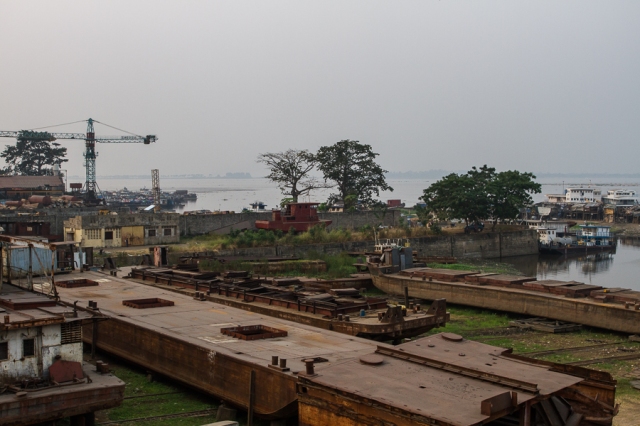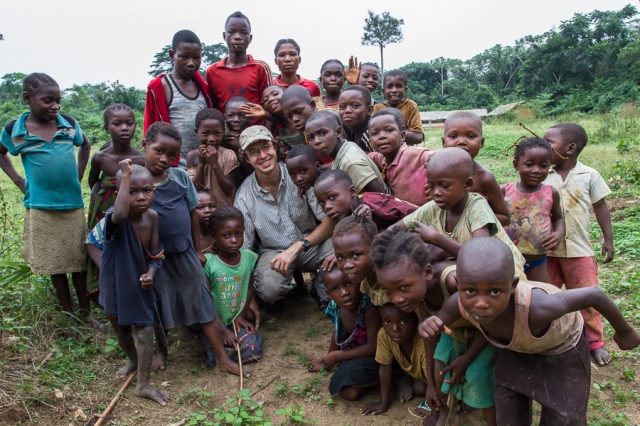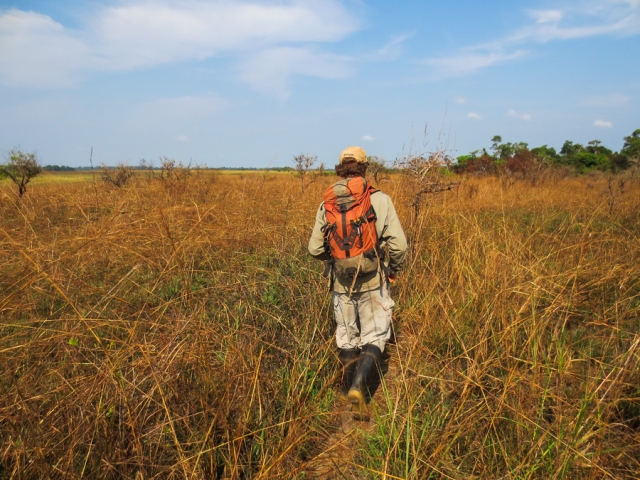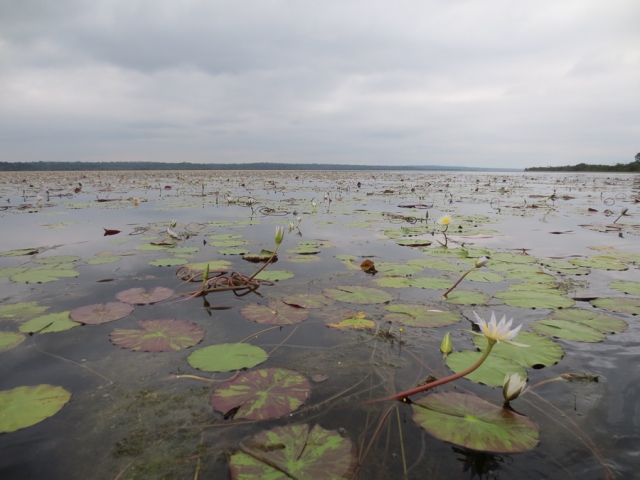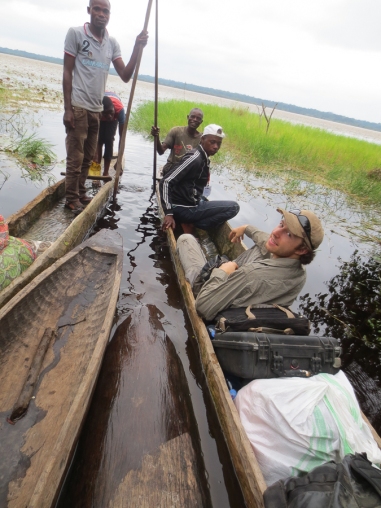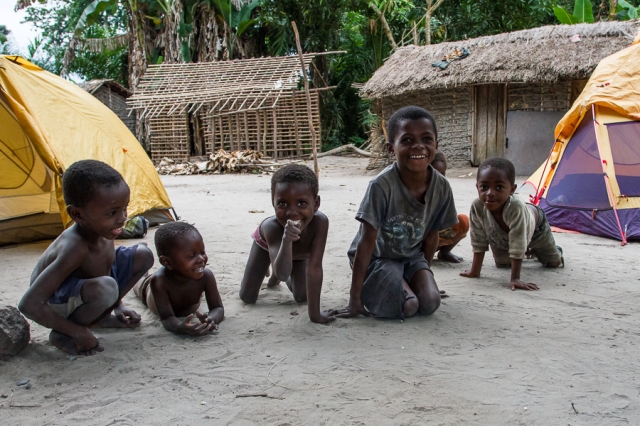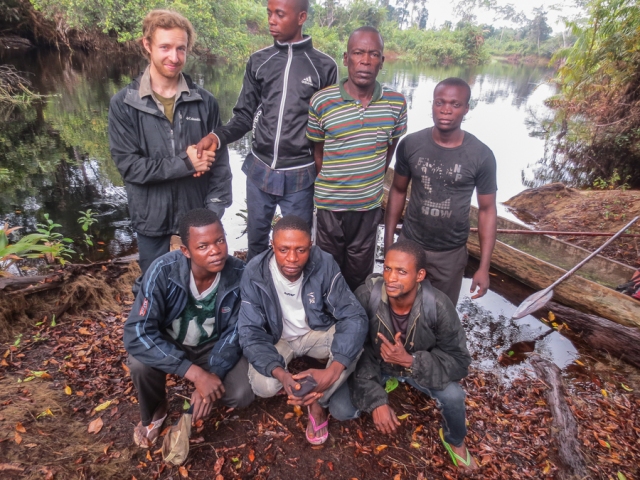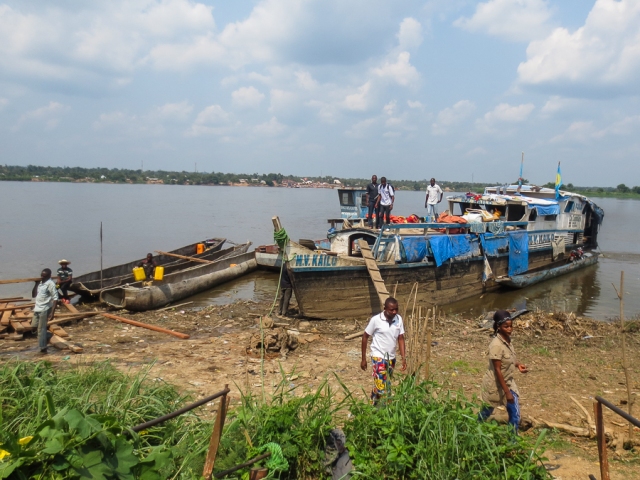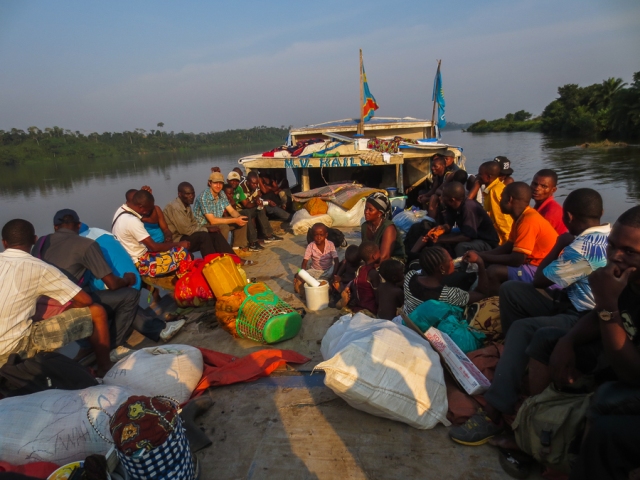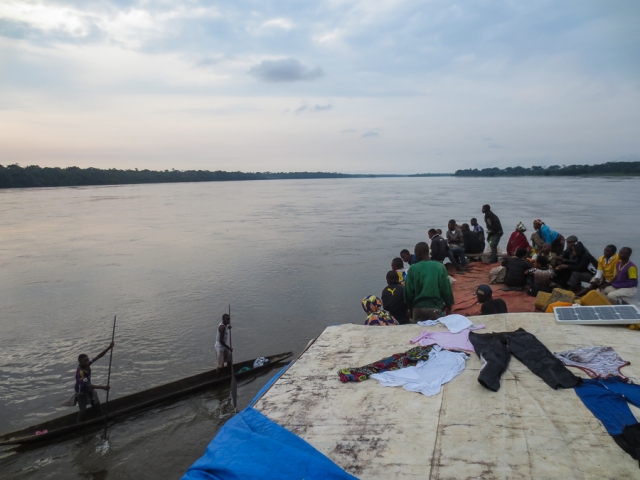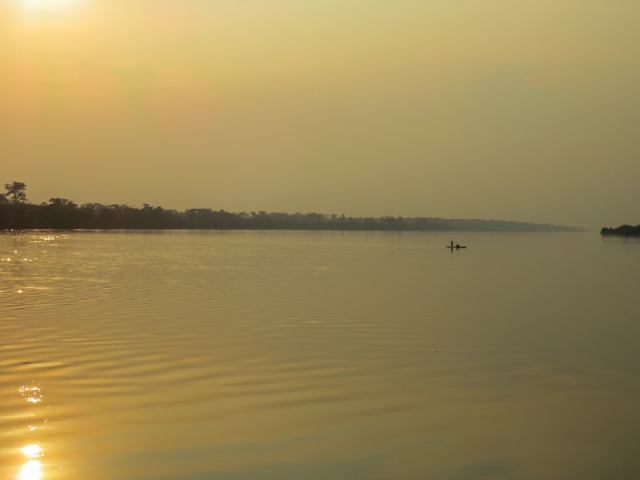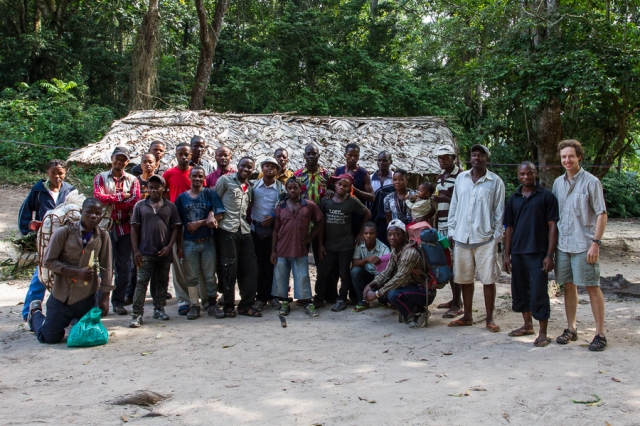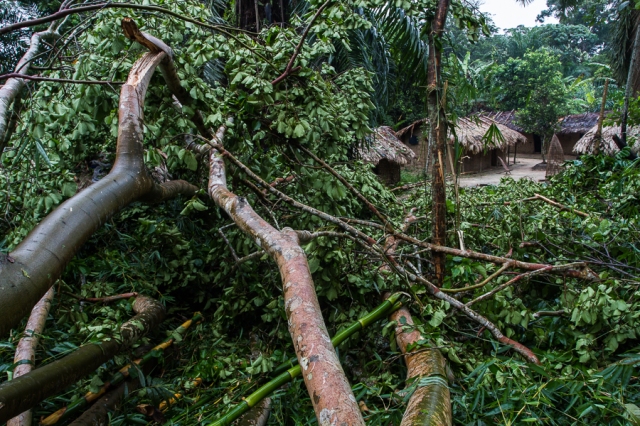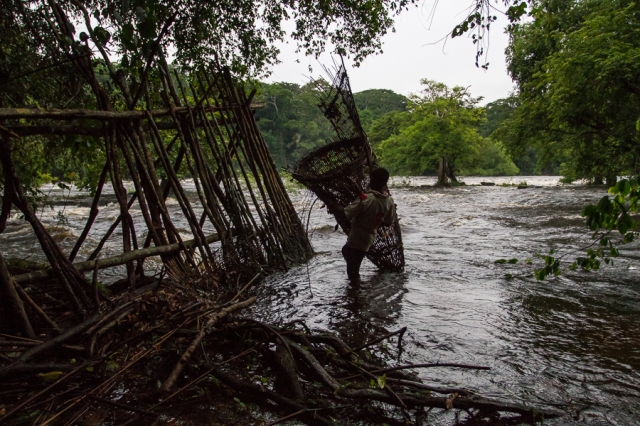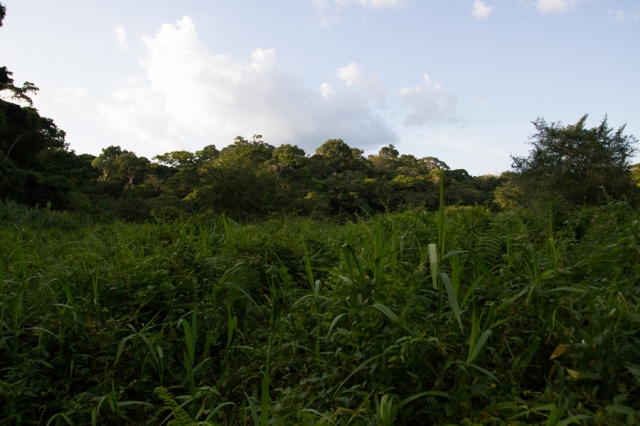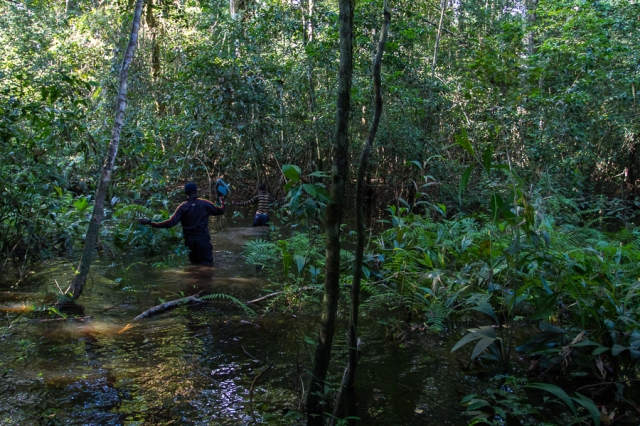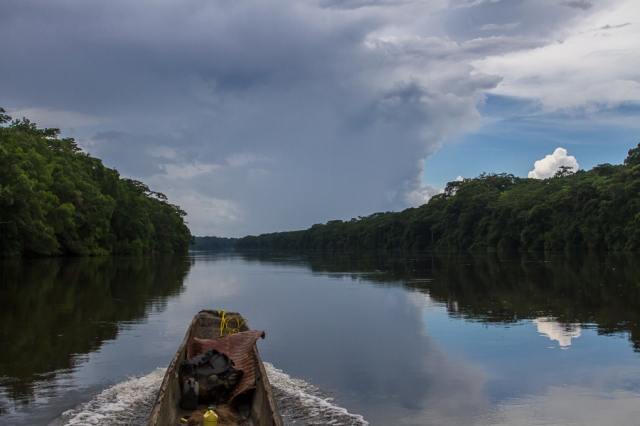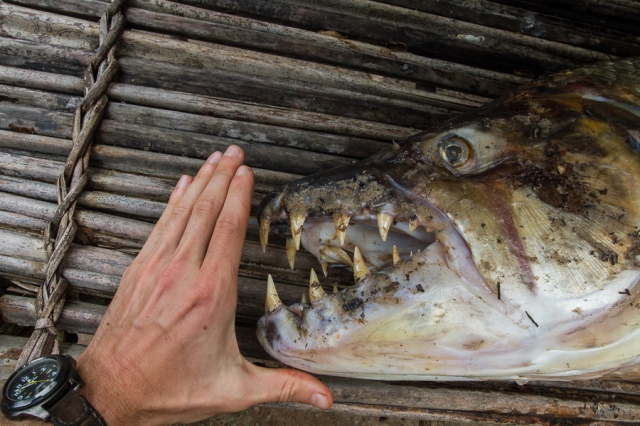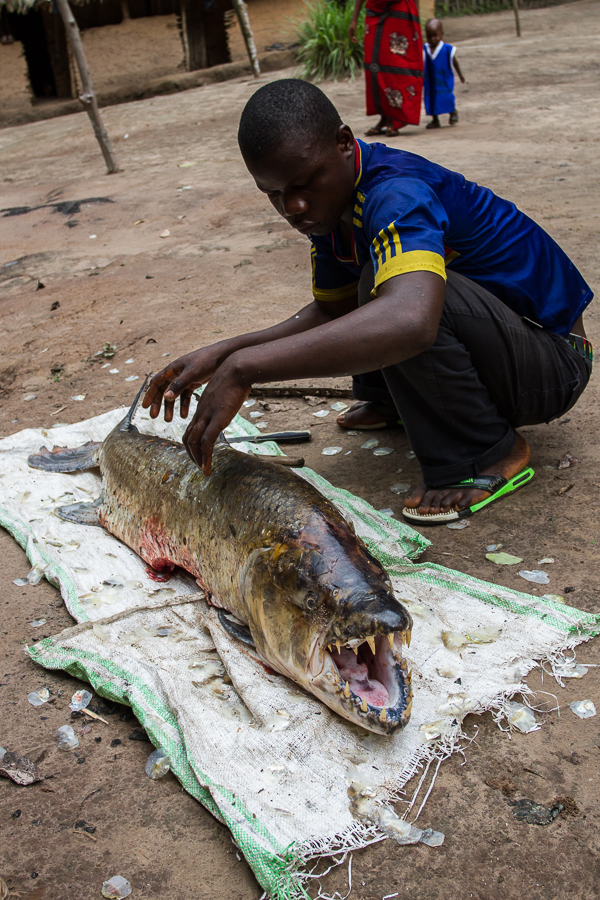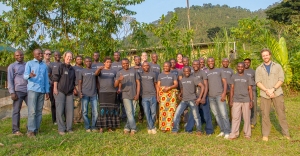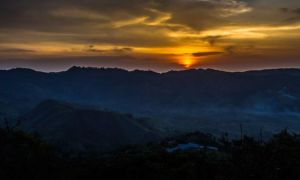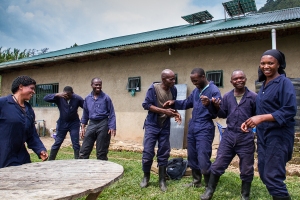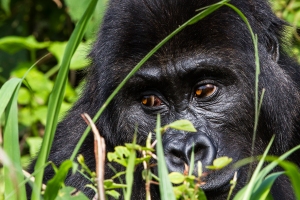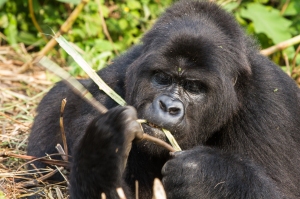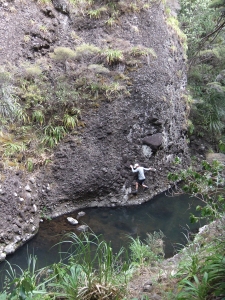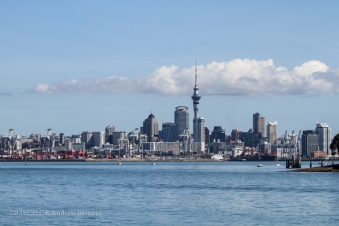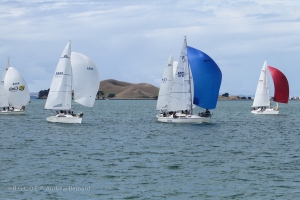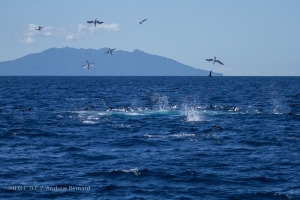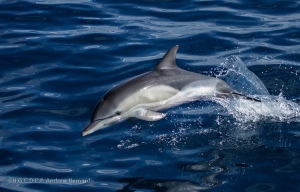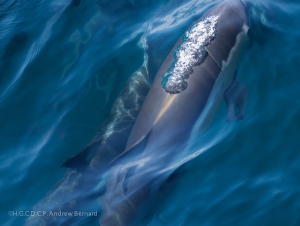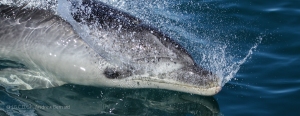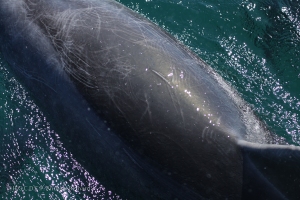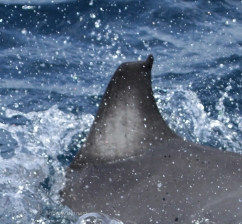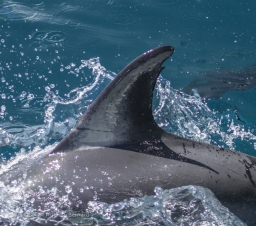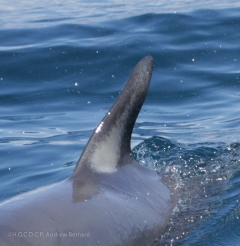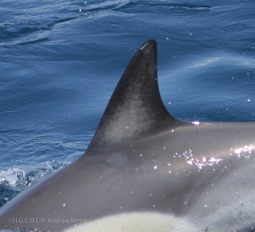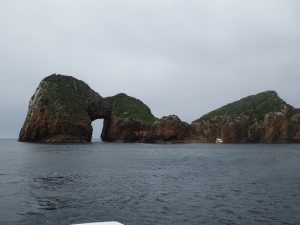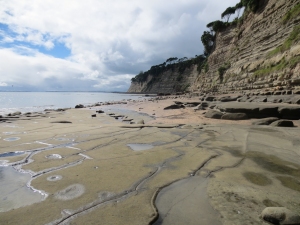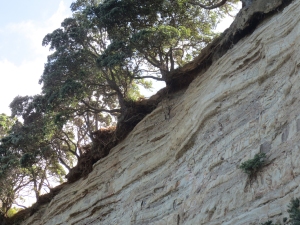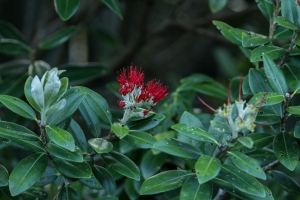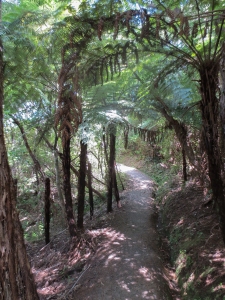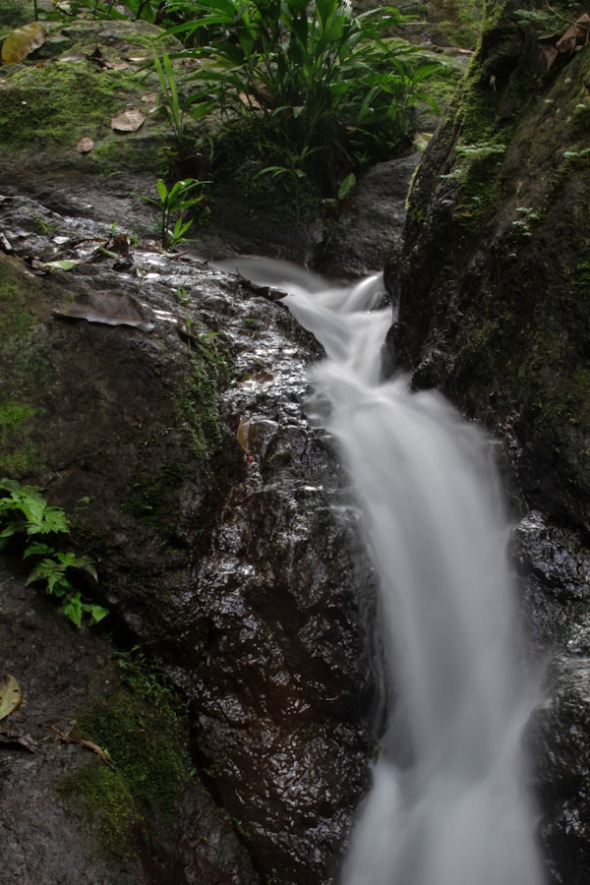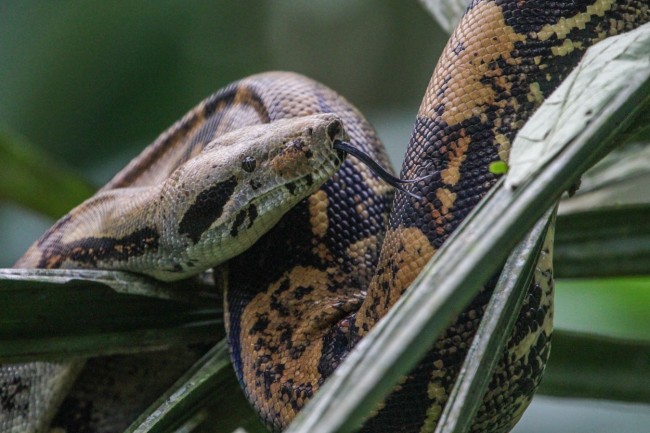You do not need to convince me that the African Grey Parrot is a spectacular bird. I have walked through rainforest surrounded by their cacophonous vocalizations, and seen 100 parrots descend to the ground as a blurred grey and red unit in an isolated clearing. But surely, most of you will not. Most of you will never step foot in Africa, far fewer will ever come to Democratic Republic of Congo, and you may not even be remotely interested in birds. So why care about the African Grey Parrot?
I now write from New Jersey, and have said my goodbyes to eastern/central Africa for the fourth time. Having spent the last week separated from my morning “Bonjours,” as I was greeted every morning for the last five months, I have had some time to reflect on my experience from a separated, Western point of view. Here, I communicate some personal thoughts about why this “problem over there in Africa” is not just a problem over there in Africa.
What is the problem over there that is also relevant over here? A ridiculous question, scratch it. I might as well ask, “Which object, on Earth, is taller than a chair?” To narrow down the field, therefore: my specific problem is also the most tangible reason to care about African Grey Parrots (AGPs): they are disappearing from their forests, from the wild. Why? The overwhelming culprit is capture for the pet trade.
Like any other wildlife trade, there is a network of people responsible for parrot captures, a capture/trade chain (which more resembles a web when you get into it). At one end of this chain are the climbers—the people actually setting the glue traps or plucking nestlings of the trees. They earn about $8 per parrot. On the other end of the chain are the wealthy consumers—the people really driving AGP capture. They will pay over $1000 for an AGP. It is extremely important to remember that the consumers drive captures in the wild; Materieaux, my friend and trapper from Lac Ndjale, would not climb trees to harvest nestlings if no one was interested in buying them. Reduce the demand, and we will reduce AGP captures.
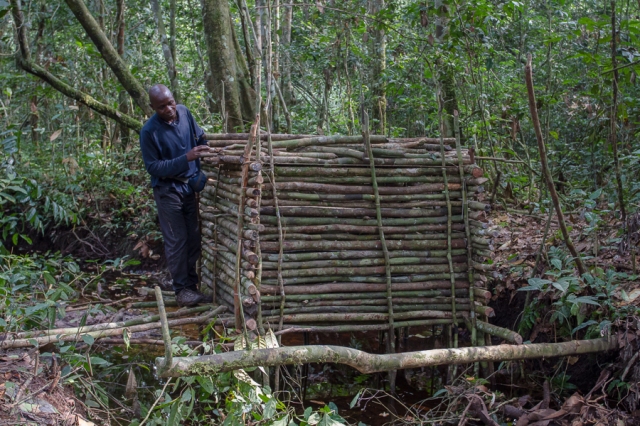
At at an isolated forest clearing northwest of the Lomami Park, several people from the village ~25km away have started trapping AGPs. They built this large holding cage next to the clearing in early June, about 2 weeks before I arrived.
But let’s back up even further. What if you don’t even care about species conservation as a concept? It’s not a crime, and you’re not alone. As I’ve mentioned, most of you will never see an African Grey Parrot in the wild, and whether or not their population is vigorous will not affect your day-to-day life. It doesn’t affect mine, either. I woke up this morning without depending on any wild AGPs to cook me breakfast, and I will again tomorrow. It is easy to be complacent with the population crash “over there,” and ostentatiously, nothing will change for us over here. So again, why care?
What sets people apart from every other species? Many things, which I will be more qualified to detail after I start my Biological Anthropology graduate program in the fall. But to start, humans place extraordinary value on our individuals, as opposed to our species as a whole. If we place emphasis on particular individuals of a non-human species—even go so far as to give individuals a name—that is a clear signal that the species’ survival in the wild is a significant issue. Wild mountain gorillas and black rhinoceros are under constant armed surveillance, as an extreme example, and I am sure that each of the 5 remaining Northern White Rhinoceros (August 3rd update: 4 remaining Northern White Rhinoceros) have a name. And remember, these AGPs are trapped for the pet trade—isn’t that the first step for every competent pet owner, to give the pet a name? Almost by definition, owning a pet places emphasis on the individual. Now, you could argue that if conservation awareness was proportional to the number of individuals of a certain species with a name, we would have billions of dollars pouring in every year for domestic dog conservation. I would argue that domestic dogs do not exist in the wild, so the point is moot. You could also argue that of most animals in zoos have names, regardless of their status in the wild. I would argue that although the North American River Otter is not a particularly threatened species, you can be sure that baby otter Oscar at the zoo will only attract more money for conservation support should otters ever need it. The message: people relate to individuals with names, because we stop thinking about them as general populations. This is a powerful example of anthropomorphism: the treatment of non-human animals as if they exhibited human characteristics.
Anthropomorphism is a dangerous road to go down in science because scientists are supposed to follow the creed of objectivity. When we start giving individual animals names, we start to associate them with other human characteristics (that parrot looks sad!), and we breach the holy objectivity barrier (there’s a poignant pun in there—perhaps the barrier is not quite so solid as scientists would like to think). But ultimately, anthropomorphizing can be a very powerful conservation tactic, in my opinion. If we are so obsessed with the limits of giving human characteristics to animals, why don’t we just consider the human characteristics of humans? For the past 3.5 months, I have focused on the issues that threaten wild AGPs, and one fact has become more and more obvious: the most effective tool for AGP preservation is to help the people living in places there are wild AGPs. The argument is simple: we, “over here,” would be average if we didn’t care about parrots, but we would be inhuman not to care about people.
There is a concept in biology called an “umbrella species”: essentially, a captivating species that will readily attract a lot of attention, and therefore money—money which will benefit many other species in the same ecosystem by default. Traditionally, the umbrella species for my work would be the AGP itself, but its charisma pales in comparison to the most charismatic species of all: people. Instinct tells me that considering people as an umbrella species is a sensitive tact: accepting the concept relies on humans just being basic biological organisms—which of course we are—and strips us of our elitist notions of evolutionary superiority. (Ironically, evolution pioneer Charles Darwin does just that in “On the Origin of Species,” where he introduces the world to the idea of evolution through natural selection.) In a modern context, I can confirm through personal experience that human superiority is neither universal nor unconditional. Although uncomfortable to talk or even think about, many captive animals in western homes are privileged to an all-around superior life than many people who live in villages around the Lomami Park.
Often times, a remote village is not a place I want to be. The time spent there is extremely significant, and valuable, but I spend many hours thinking about being somewhere else. I have to work to remind myself how valuable the experience is: I am fortunate to spend time in these remote villages, and consider my own privileges in very tactile contrast. I go there, and people literally cry out for help. I must be their voice, because theirs is as silent to the rest of the world as an African Grey Parrot’s—whose remarkable speaking voice, ironically, is what makes them so sought after as pets. So what do parrots, and people, say that most people will never here? Simply: we are here, and we suffer. Don’t forget about us.
Evidently, the “problem over there” with the African Grey Parrot population decline quickly expands into a human welfare issue. Just like the network of people who are involved in the devastating AGP pet trade, “problems over there” are a complex web when you start to worry about solving them. And this is intimidating: how can I make a difference, how can I penetrate the tangles and complexities of this web to tease out specific issues and define any tangible goal? By reading this (and for me, writing it), we have already take one collective giant leap forward: we are thinking about it, not ignoring it. Knowledge is power, and knowledge—not just knowledge, in fact, but access to knowledge—is a right most Congolese lack. DRC has no way to give it to them. Take advantage of our access to knowledge: read about the issues, and talk about them. Support a growing movement of international pressure that the Congolese are forced to respond to. In this Africa Geographic article on AGPs published last year, the author ends with a question: “…do member countries have the political will and control over the [AGP population decline] to take the necessary action?” Right now, the answer for DRC is no. There is no internal management of AGP capture and trade in DRC. The country needs help.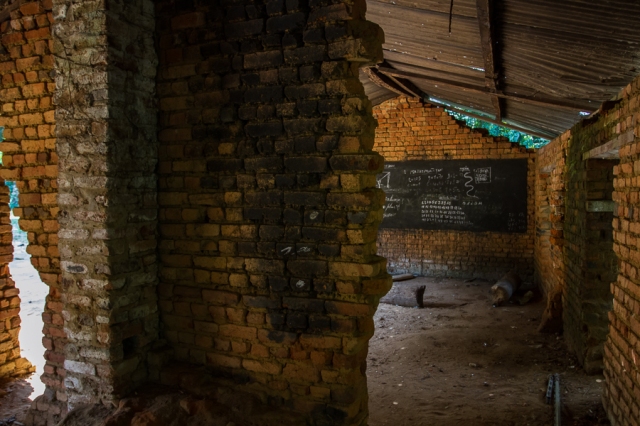
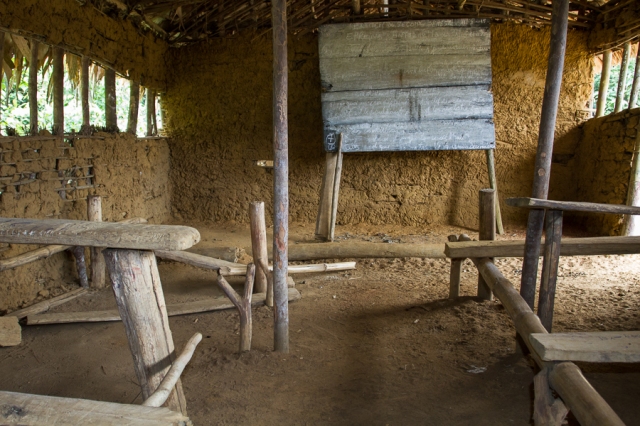
Two primary school classrooms more resemble demolition sites in Bafundo (top) and Elengalale (bottom). The primary and secondary-level education in DRC is appallingly inadequate.
Because many Congolese are so overwhelmed with managing their daily crises, they do not have the luxury to consider how remarkable their country is. The best thing that people around the world can do is to help convince the Congolese to take pride in their country. Sadly, their issues always boil down to what each person needs to do right now to make money. Right now, my Lac Ndjale friend Materieaux sees AGP nestlings as a resource available for extract, because that is how he earns money. This is generally how Congolese see their forest, their river, and any other natural monuments that should instill great national pride: a way to make money. Ironically, money is exactly how most people see AGPs everyday without thinking about it: as the background figure on their 1000 Franc bill. But with enough international support, the Congolese can change their natural monument paradigm from one of exploitation to one of protection.
With international pressure to protect comes pride, and with pride will come a drive to preserve—and to show off. That is where tourism can really benefit DRC. As it stands, the average remote, impoverished village is not a travel destination you will find in a brochure. Except for Virunga and Kahuzi-Biega National Parks (both adventure tourist destinations in eastern DRC), in fact, this is not a country that has any sort of infrastructure to accommodate foreigners. Lac Ndjale, for example, should be nationally (and internationally) revered, and flocks of people should travel from continents away to visit. You should be able to rent kayak to paddle up the Kasuku River (Kasuku is the local name for AGPs), and you should be able to take fishing trips on the lake. There should be cultural tours in the villages, followed by a sunset dugout canoe ride. DRC has an incredible wealth of natural and cultural attractions, but no feasible way, at present, for people to go experience them. In short, by supporting the conservation of AGPs, we will support the preservation of DRC’s natural and cultural heritage, and directly benefit Materieaux and all other destitute Congolese living there.
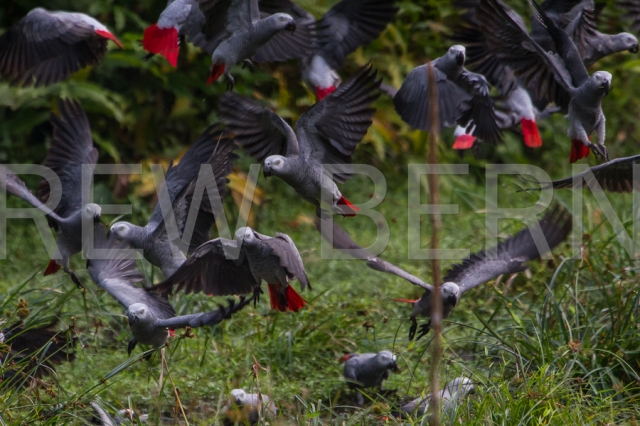
A group of more than 70 African Grey Parrots visits a remote forest clearing northwest of the Lomami Park.
The world is a big place, full of wild and wonderful things that intrigue our eyes and stimulate our imaginations. How lucky we are, that the unknown world is still big enough to leave room for imagination! And yet, sometimes we know where the wild things are, and choose to forget they are there. Until the brilliant day we discover there are dinosaurs at the center of the earth, let us focus on what we know is there, and we know is struggling. Wild things often live in tandem with people who cannot afford to appreciate them, and people, lest we forget, are not wild. They are people.
If African Grey Parrots are extirpated from DRC, just like elephants, tigers, rhinoceros, and every other disappearing charismatic species, it will not be the end of the world. But it will wound both our eyes and imaginations. Each morning the sun will still rise, but the following day may seem a bit more dull, a bit more dreary, and a bit more grey.

